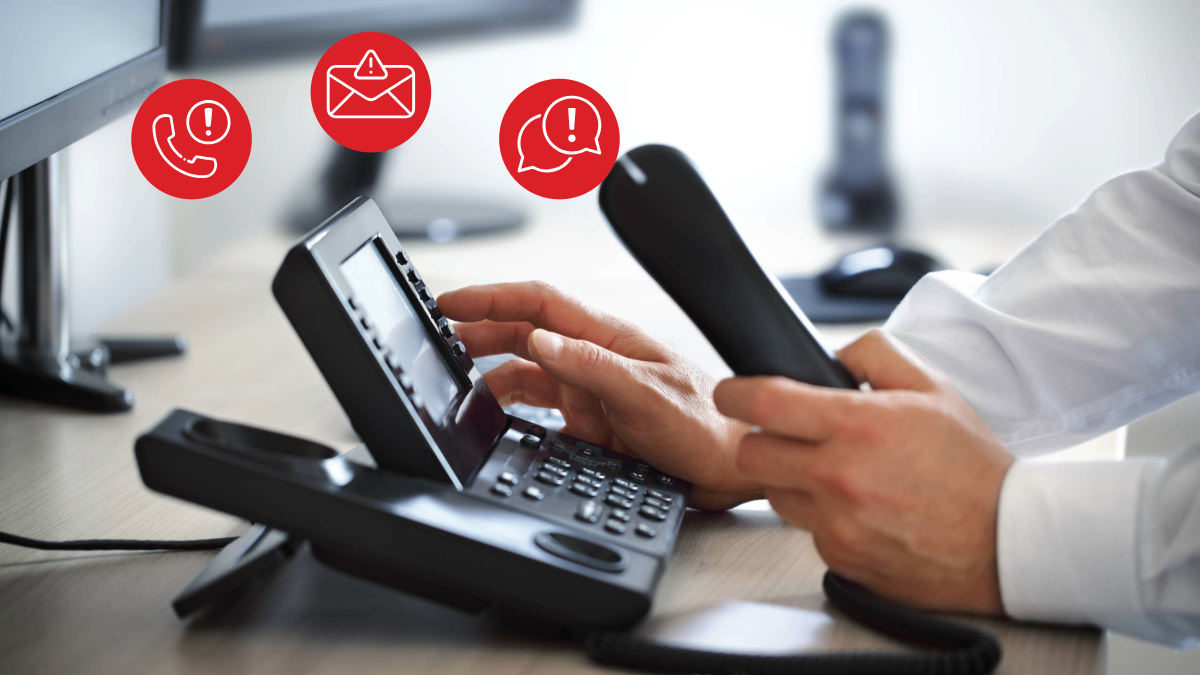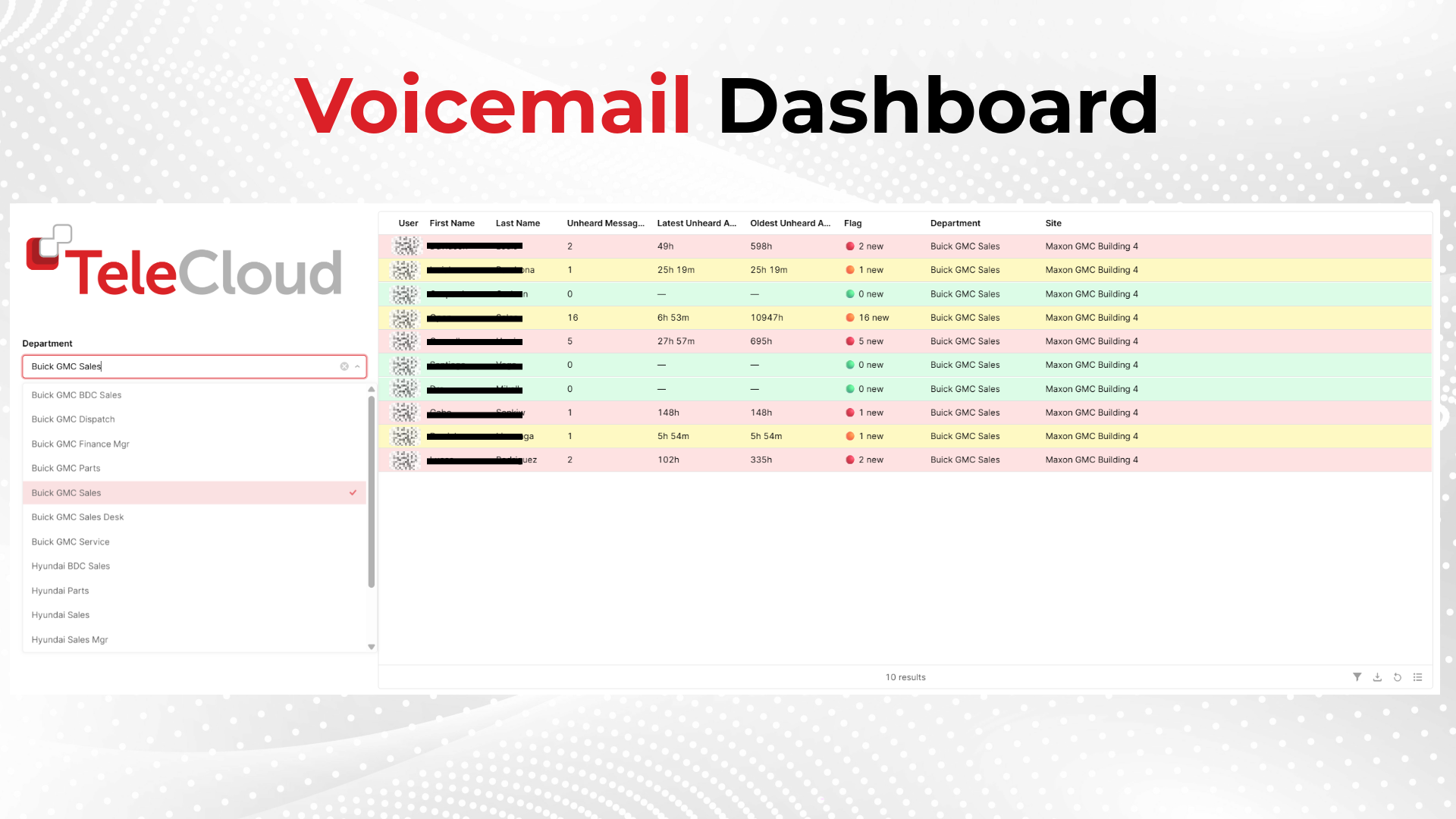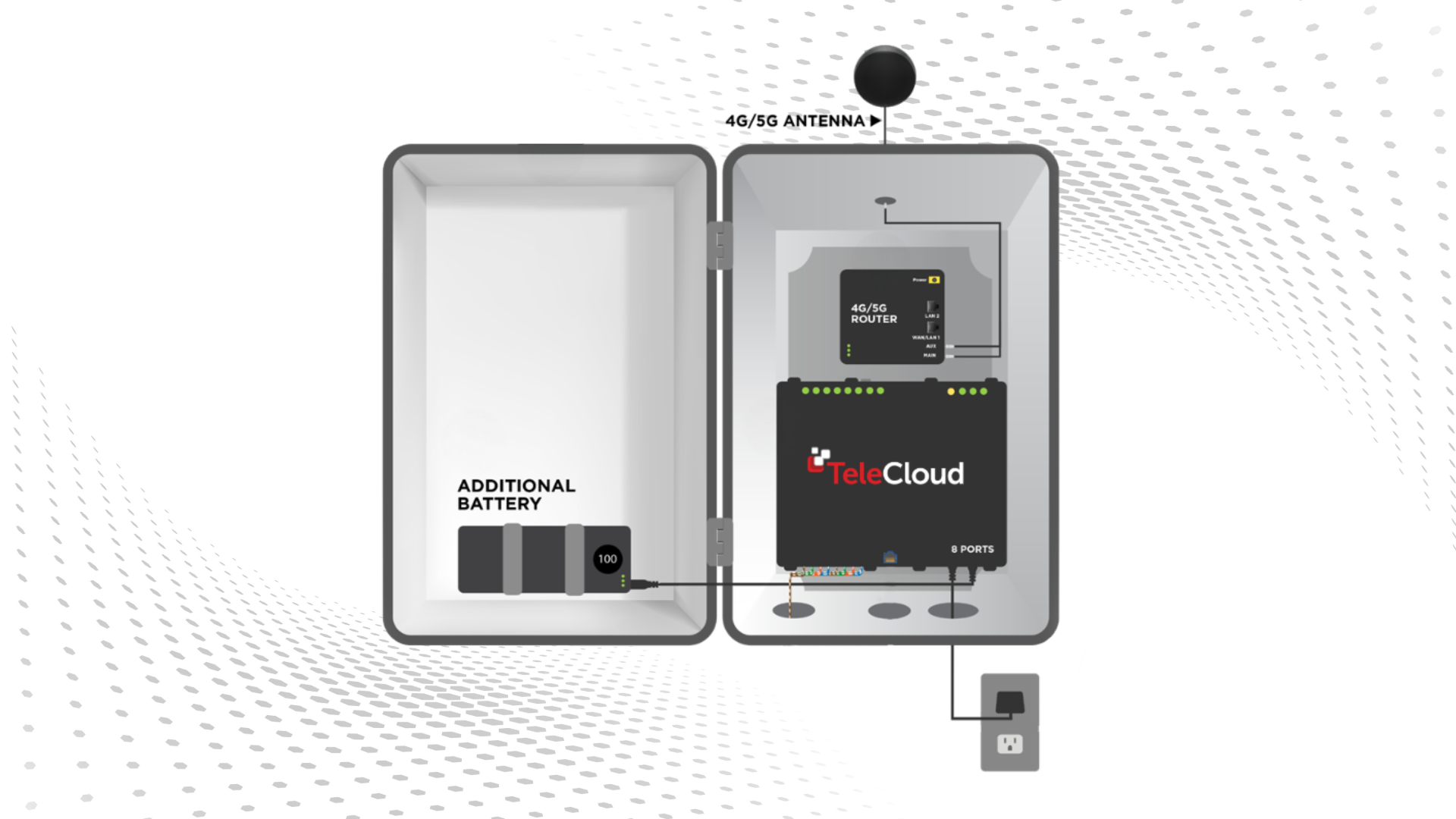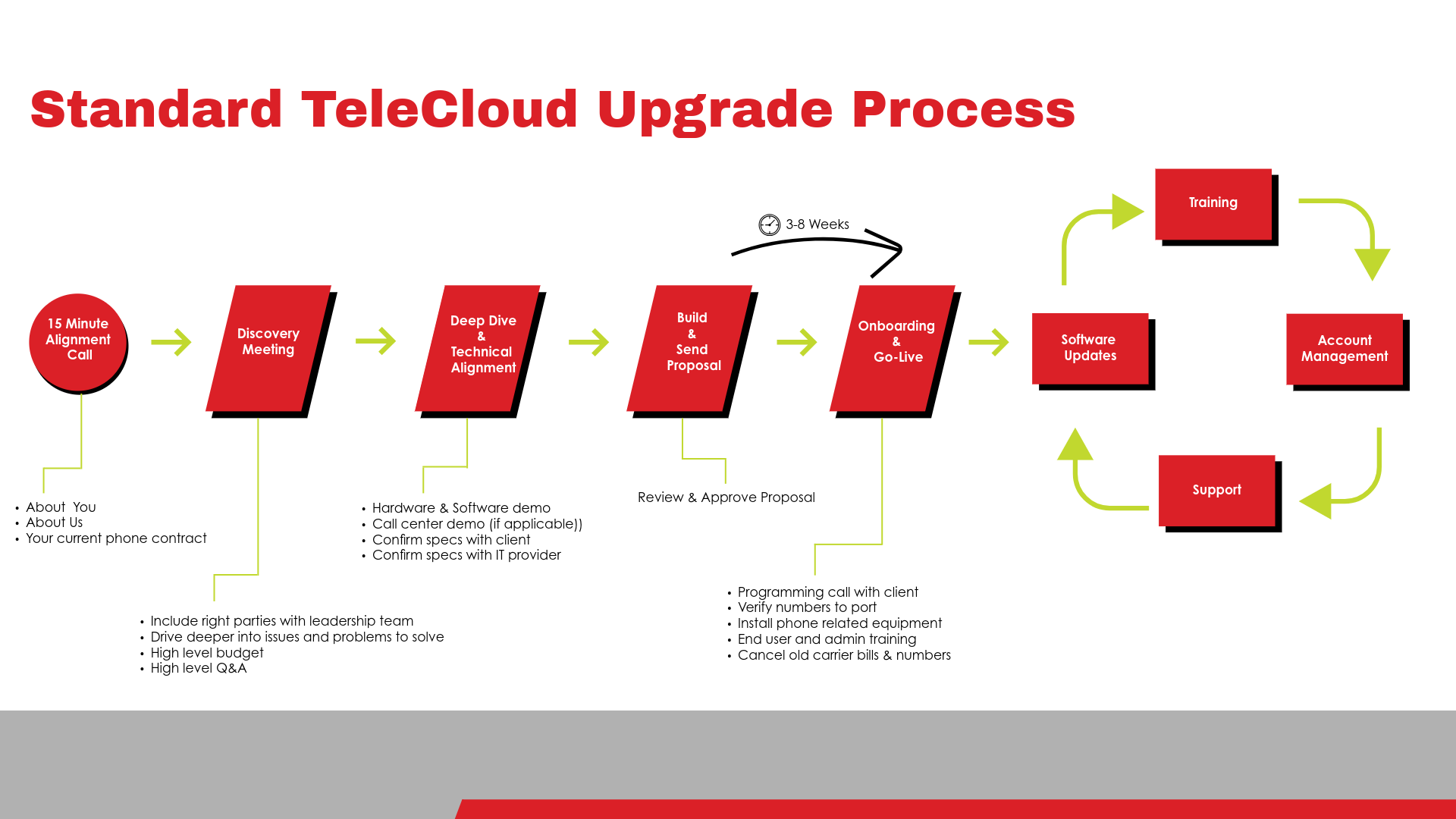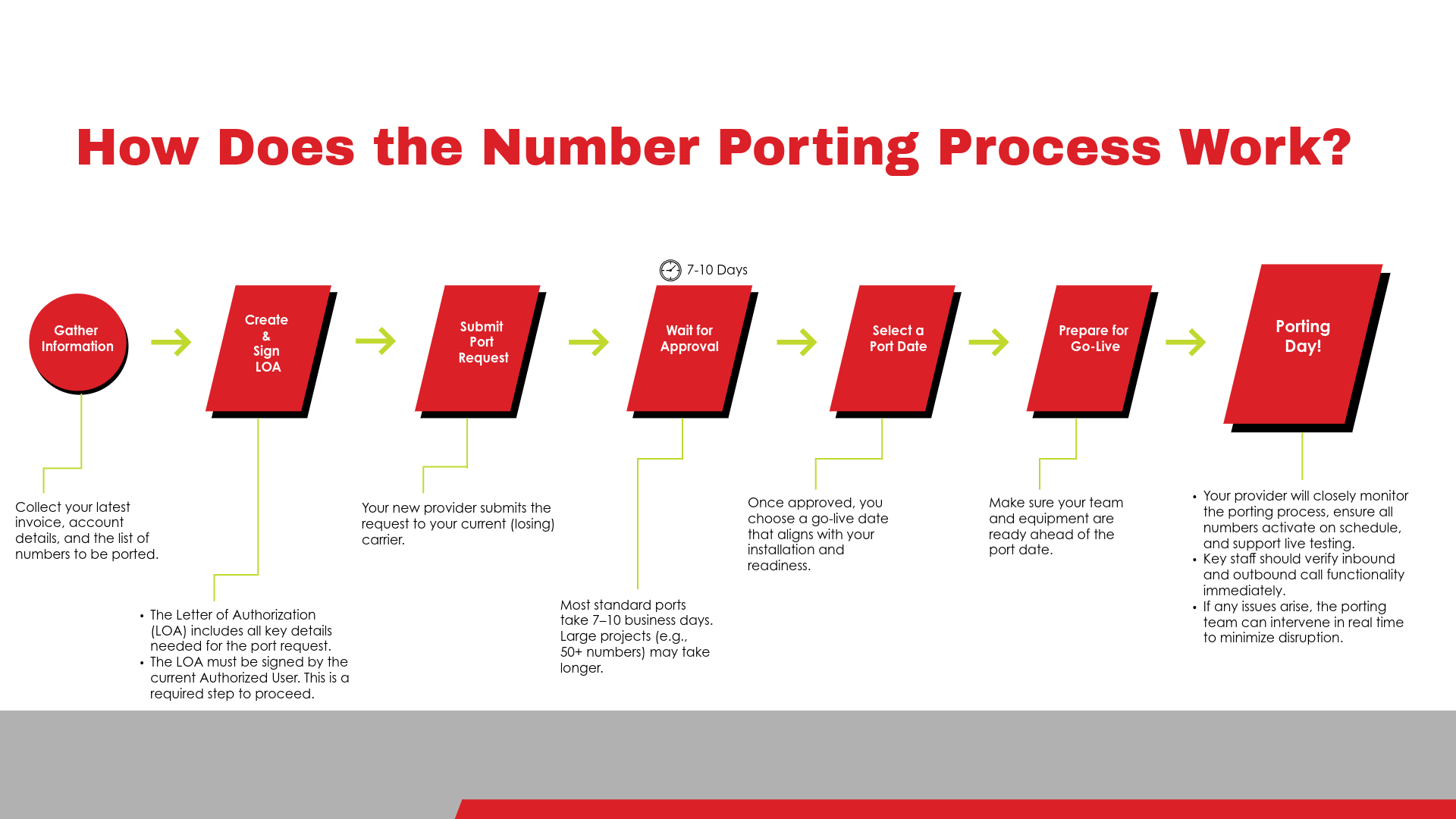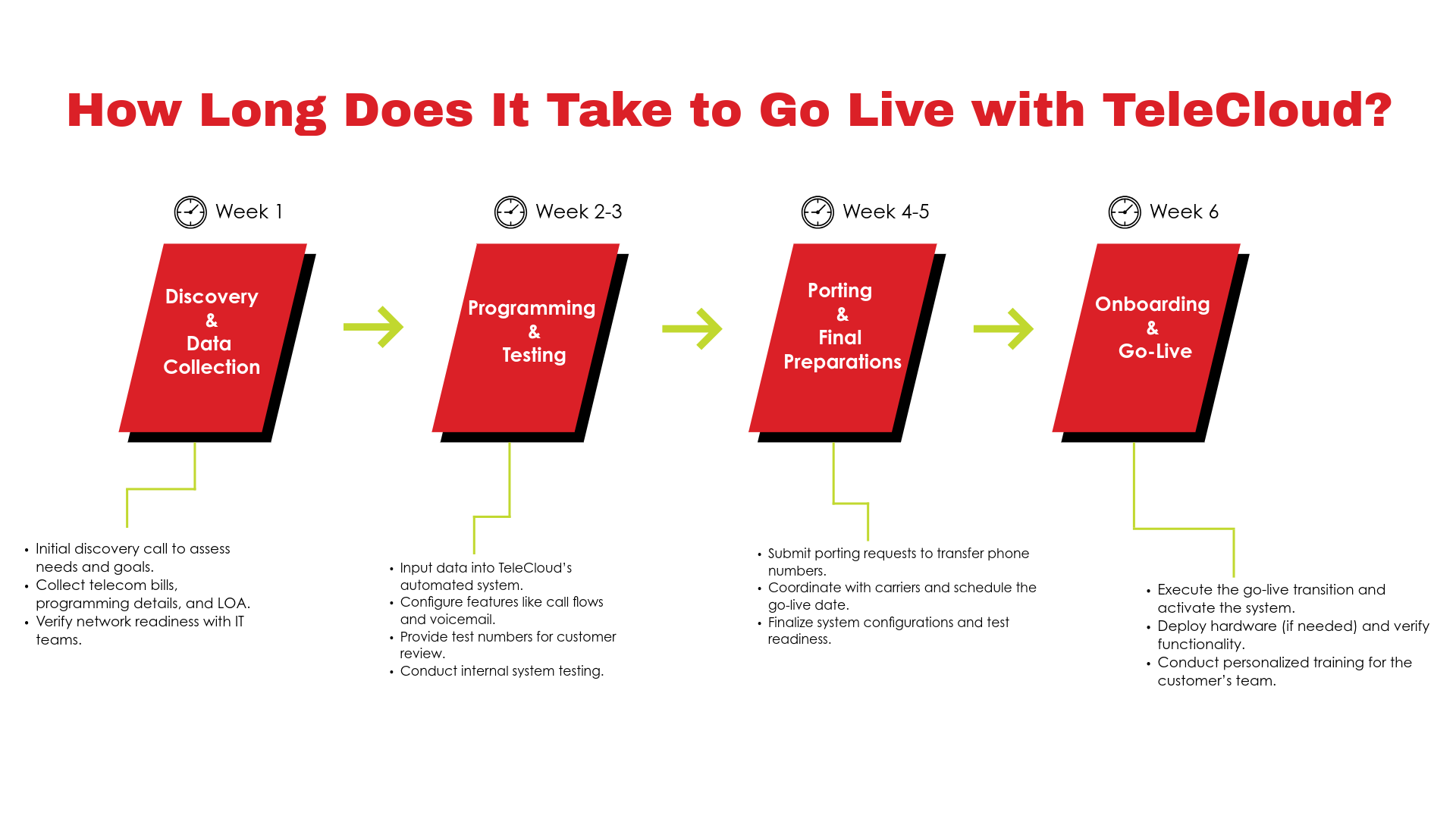How VIP Call Routing Gets Top Customers to the Right Person
October 7th, 2025
5 min read

VIP call routing connects your most valuable customers directly with the right person by using caller ID or CRM data, eliminating wasted time in call queues and improving their experience.
Too often, businesses treat every incoming call the same, even though not all customers are created equal. A sales cold call is routed the same way as a multimillion-dollar client who expects dedicated support. This outdated approach creates friction, wastes employee time, and risks damaging your most valuable customer relationships.
At TeleCloud, we’ve seen firsthand how legacy phone systems make it difficult to differentiate between callers, but intelligent routing solves that gap. While we help companies implement VIP call routing, the principles apply to any business using modern telecom tools.
In this guide, we’ll explain what VIP call routing is, how it works, share real-world examples, and show why it’s becoming an essential tool for customer-first businesses.
Want to see how VIP call routing could fit into your business? Talk to a TeleCloud expert today.
Table of Contents
- What Is VIP Call Routing and Why Does It Matter?
- How Does VIP Call Routing Actually Work?
- What Are the Benefits of VIP Call Routing?
- What Does VIP Call Routing Look Like in Practice?
- How Can Businesses Get Started With VIP Call Routing?
- What’s Next for VIP Call Routing?
- FAQ
What Is VIP Call Routing and Why Does It Matter?
VIP call routing is a way to recognize high-value customers when they call in, typically using caller ID or data from your CRM, and automatically send them to the right person.
Traditionally, every caller went through the same auto-attendant menu. While this worked for basic call handling, it treated your top clients no differently than a stranger or a salesperson.
With VIP call routing, your phone system can:
- Identify the caller automatically.
- Match them against CRM or database records.
- Direct them to their dedicated account manager or the right team without extra steps.
The result is faster service, happier customers, and fewer wasted transfers.
How Does VIP Call Routing Actually Work?
At its core, VIP call routing connects the data you already have about customers with the call handling rules in your phone system. The process can be broken down into a few simple steps:.png?width=797&height=299&name=vip%20call%20routing%20diagram%20(1).png)
- A customer calls your main line.
- The system checks their caller ID against your database or CRM.
- If there is a match, the system looks up the correct routing instructions for that customer.
- The call is delivered directly to the right person or team without unnecessary menus.
Once you understand this flow, there are two main approaches to implementing it:
- Legacy PBX Method
- Businesses provide their phone vendor with lists of VIP numbers and routing preferences.
- The vendor manually updates the system.
- Functional, but slow to update and difficult to manage.
- Modern CRM + API Method
- Caller ID is checked against CRM or data warehouse records.
- The system automatically routes the call based on predefined fields.
- Businesses can update rules themselves without vendor involvement.
For example, PromptCare uses Snowflake as a data warehouse. When a customer calls in, the system looks up their number in Snowflake. If it finds a match, it checks which region that customer belongs to and routes the call directly there. Instead of sitting through a long list of menu options, the customer chooses “customer service” and is instantly sent to the right regional team.
This approach reduces frustration and ensures calls are handled by the right person on the first try.
What Are the Benefits of VIP Call Routing?
The biggest reason businesses use VIP call routing is simple: it improves the customer experience. But the benefits go beyond happier clients.
Key Benefits:
- Faster resolution: VIP customers don’t waste time in menus.
- Higher satisfaction and loyalty: Customers feel recognized and valued.
- Employee efficiency: Calls reach the right department the first time, reducing transfers.
- Smarter use of data: Businesses can leverage CRMs like HubSpot or Salesforce to make calls more intelligent.
- Fewer wasted phone numbers: Instead of assigning direct numbers to every rep, calls to the main line can be routed intelligently.
In short, VIP call routing turns what used to be a static phone experience into a dynamic, personalized one.
What Does VIP Call Routing Look Like in Practice?
.png?width=1080&height=420&name=promptcare%20(1).png) Customers at PromptCare were getting stuck in endless phone menus and often ended up in the wrong regional office. Frustration was building, and leadership knew it was hurting the customer experience.
Customers at PromptCare were getting stuck in endless phone menus and often ended up in the wrong regional office. Frustration was building, and leadership knew it was hurting the customer experience.
By connecting their Snowflake database to their phone system, calls could be recognized by number and routed instantly to the right team. Now, instead of wading through countless menu options, a customer makes a quick choice for language, selects customer service, and lands directly with the right representative. The feedback was immediate: fewer complaints and a smoother experience for both customers and staff.
 Progressive Hydraulics faced a different challenge: dozens of unused direct phone numbers assigned to account reps, while customers often just called the main line and asked to be transferred. It was inefficient and created bottlenecks.
Progressive Hydraulics faced a different challenge: dozens of unused direct phone numbers assigned to account reps, while customers often just called the main line and asked to be transferred. It was inefficient and created bottlenecks.
By matching incoming numbers against customer records, the system could identify VIP clients and send them directly to their dedicated rep. If that person was unavailable, the call rolled seamlessly to a backup queue. Customers felt cared for and never had to wonder if their call would be missed.
How Can Businesses Get Started With VIP Call Routing?
The first step is defining what “VIP” means for your organization. For some, it’s top-spending accounts. For others, it might be long-term customers, strategic partners, or even internal stakeholders.
Here’s a simple roadmap:
- Identify your VIPs: Decide who qualifies for priority treatment.
- Map the call flow: What’s the “dream experience” for those customers? Direct to rep? Regional routing? Custom queue?
- Integrate your data: Use your CRM, data warehouse, or line-of-business application as the source of truth.
- Test and refine: Collect feedback from both customers and employees to ensure calls land where they should.
Pro Tip: Involve all business units early. If one team doesn’t need VIP routing but another does, align on expectations to avoid mismatched call flows.
What’s Next for VIP Call Routing?
Today’s VIP call routing already eliminates unnecessary menus and wasted transfers. But the next wave of innovation is even more exciting.
Future developments include:
- Personalized greetings: Recognizing callers by name and referencing recent activity.
- Smart properties and memory: Remembering past calls and adjusting service accordingly.
- Real-time alerts: Notifying account managers the moment a top customer calls.
- AI-driven personalization: Anticipating needs and suggesting next steps based on customer history.
The goal is the same: make every interaction faster, easier, and more personalized for the customer while reducing effort for your employees.
Turning Every VIP Call Into a Better Customer Experience
VIP call routing transforms phone systems from static, one-size-fits-all experiences into dynamic, customer-first tools. By connecting your caller data with intelligent routing rules, you ensure that your most valuable customers get where they need to go without delay.
Customers today don’t want to press through endless menus. They want to be recognized, valued, and connected to the right person the first time. Businesses that embrace VIP call routing not only improve customer satisfaction but also strengthen loyalty and protect revenue.
At TeleCloud, we believe every call is a customer experience—and your best customers deserve the best experience possible.
Ready to design a smarter call flow for your VIPs? Schedule a consultation with TeleCloud today.
Frequently Asked Questions
How is VIP call routing different from regular call routing?
Regular call routing treats all calls the same, usually through a menu tree. VIP call routing uses customer data to recognize important callers and connect them directly with the right person or team.
Do I need a CRM to use VIP call routing?
Not always. While CRMs like HubSpot or data warehouses like Snowflake make it easier, many systems can use caller ID lists or other databases as the source of truth.
Can VIP call routing work for small businesses?
Yes. Even small businesses benefit from ensuring top customers or partners reach the right person without friction.
Is VIP call routing expensive to implement?
Costs vary depending on integrations, but modern API-driven systems make it far more affordable and flexible than older PBX-based approaches.
What happens if a VIP’s dedicated rep isn’t available?
Call flows can be designed with backups, such as overflow queues or voicemail, so calls are always answered appropriately.
Can VIP call routing integrate with AI tools?
Yes. Emerging systems are beginning to use AI for personalized greetings, memory of past calls, and even predictive routing based on customer needs.
damon@telecloud.net



